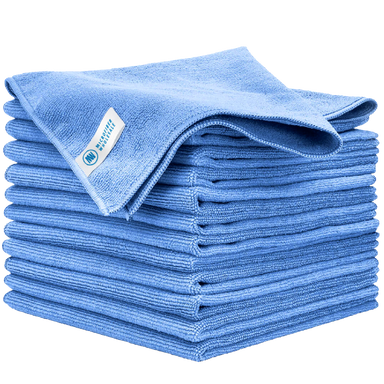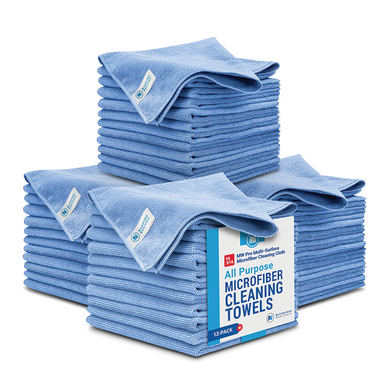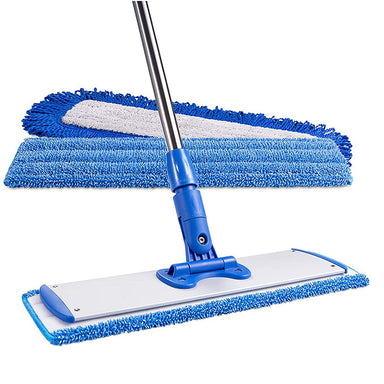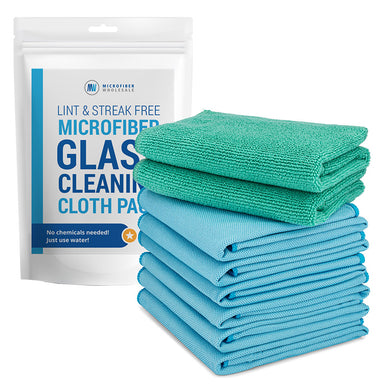Kids are adorable bundles of joy... and mess. From mystery stains on the carpet to rogue scribbles on the walls, it often feels like your home is a canvas for their creativity (and chaos). If you’ve ever Googled “how to clean permanent marker off” or shouted “what IS that?!” while scrubbing the sofa, this post is for you.
We’ve rounded up the 21 most common messes kids make, and how to clean them properly, safely, and without damaging your surfaces. Plus, we’ll let you know when it’s time to wave the white flag and call in the pros.

















